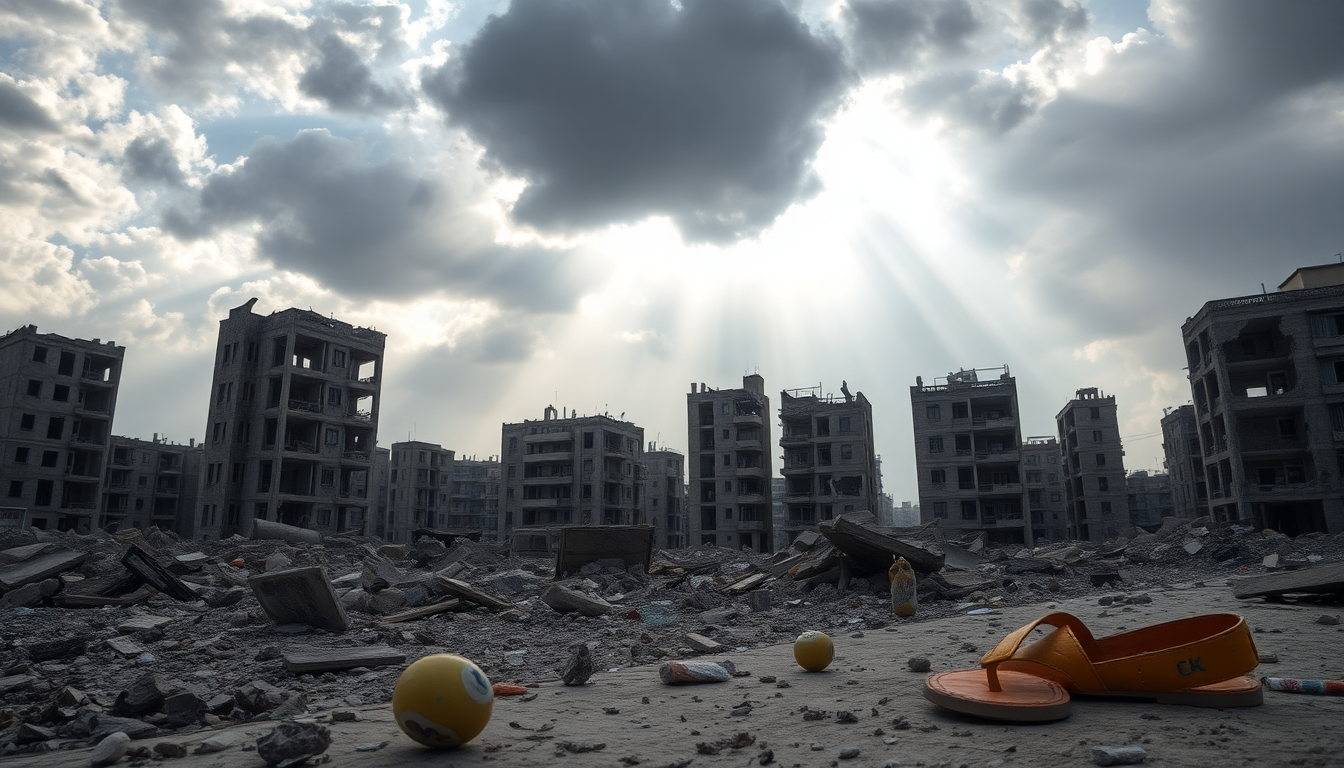Table of Contents
The ongoing conflict in Gaza has reached a critical point, with military actions intensifying and casualties mounting. As negotiations for a potential ceasefire take shape, recent comments from US President Donald Trump suggest that a truce could be on the horizon as talks resume in Qatar. Yet, amid this turmoil, the humanitarian crisis continues to worsen, prompting urgent cries for action from the international community. How can we ignore the plight of those caught in the crossfire?
Recent Developments in the Conflict
As discussions unfold in Qatar, the situation on the ground in Gaza remains grim. Israeli airstrikes have reportedly claimed at least 82 lives, with many casualties occurring in Gaza City. Eyewitness accounts tell a distressing story of destruction, as residents desperately try to rescue those trapped beneath the rubble after the bombings. The intensity of these attacks is reminiscent of the early days of the conflict, raising serious concerns about the humanitarian toll of continued military escalation.
In the midst of this violence, local hospitals are overwhelmed with casualties, highlighting the pressing need for humanitarian aid. The Gaza Humanitarian Foundation, which operates various aid distribution centers, has faced backlash following reports of aid seekers being shot at by Israeli forces. This has escalated tensions and fueled accusations between the involved parties, further complicating an already fragile situation. How can we ensure that aid reaches those in need without exacerbating the crisis?
Ceasefire Negotiations and International Involvement
Indirect negotiations between Israel and Hamas have now begun in Qatar, with discussions centered on the ceasefire’s implementation and possible hostage exchanges. President Trump has voiced optimism about the chances of reaching a ceasefire and securing the release of captives, noting that negotiations are making progress. However, skepticism lingers about the true intentions behind these talks, especially as Prime Minister Netanyahu gears up for discussions in Washington.
Some analysts suggest that Netanyahu’s motivations may go beyond a genuine quest for peace. There are concerns that he might be using the conflict to bolster his political position amid ongoing corruption trials. This raises questions about the sincerity of the ceasefire talks—will they lead to a lasting resolution, or are they merely a temporary pause in hostilities?
The Humanitarian Impact and Future Outlook
The humanitarian consequences of this ongoing conflict are staggering. Thousands of civilians are suffering due to the violence, making the need for immediate assistance critical. As the international community looks on, the prospect of a ceasefire offers a glimmer of hope for the people of Gaza, who have endured unimaginable hardships. Can we afford to turn a blind eye to their suffering?
As we look to the future, the path to peace remains uncertain. While negotiations are in progress, the fundamental issues fueling the conflict—territorial disputes and historical grievances—must be addressed for a sustainable solution. In the short term, the focus is on securing a ceasefire and facilitating humanitarian aid to alleviate the suffering of those caught in the crossfire.
In conclusion, while the negotiations in Qatar signify a crucial step towards a ceasefire, achieving lasting peace in Gaza will require dedicated efforts from all parties involved. The international community has a vital role in supporting these efforts and ensuring that the voices of those affected by the conflict are heard. Can we work together to bring about change and help those in need?


